- The Importance of Patience in Tree Pruning
- The Benefits of Pruning
- Why Patience is Important
- Pruning Techniques
- Tree Pruning Schedule
- Conclusion
- Understanding the Purpose of Tree Pruning
- Promoting Tree Health
- Enhancing Structural Integrity
- Promoting Air Circulation and Sunlight Penetration
- Improving Aesthetic Appeal
- Recognizing the Risks of Rushing the Process
- 1. Inadequate Healing Time
- 2. Structural Damage
- 3. Pest Infestations
- 4. Depleted Energy Reserves
- 5. Poor Aesthetic Results
- Selecting the Right Tools for Pruning
- Knowing When to Prune
- 1. Dormant Season Pruning
- 2. Pruning Flowering Trees
- 3. Pruning Young Trees
- 4. Regular Maintenance Pruning
- Understanding the Different Pruning Techniques
- 1. Crown Thinning
- 2. Crown Raising
- 3. Crown Reduction
- 4. Pollarding
- 5. Espaliering
- 6. Size Control Pruning
- 7. Deadwooding
- Taking Proper Care of Pruned Trees
- 1. Watering
- 2. Mulching
- 3. Fertilizing
- 4. Monitoring for Pests and Diseases
- 5. Pruning Correctly
- Seeking Professional Help for Pruning
- Embracing Patience in the Pruning Process
- Understanding the Importance of Patience
- Benefits of Patience in Tree Pruning
- The Pruning Process: A Step-by-Step Approach
- Conclusion
- Question-answer:
- Why is tree pruning important?
- When is the best time to prune trees?
- How often should trees be pruned?
- What tools are needed for tree pruning?
- What are the potential risks of improper tree pruning?
- Video: RIGHT WAY TO TRIM / PRUNE PLANTS | WHEN, HOW, TYPES OF TREE PRUNING
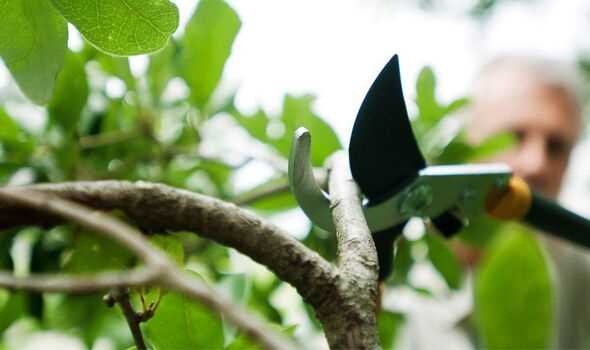
Tree pruning is a crucial part of maintaining a healthy garden. It helps to control the growth of trees and shrubs, improves air circulation, and promotes overall plant health. However, many gardeners make the common mistake of rushing through the pruning process, resulting in irreversible damage to their plants. Patience is key when it comes to tree pruning, as it allows for proper planning and execution.
One of the primary reasons why patience is important in tree pruning is the need to understand the natural growth patterns of the tree or shrub. Different species have different growth habits, and it is important to take these into consideration when pruning. By observing the tree over time, gardeners can determine how it naturally grows and adjust their pruning techniques accordingly.
Additionally, the timing of pruning is crucial, and patience is required to ensure that it is done at the right time. Pruning at the wrong time can weaken the tree and make it more susceptible to disease and pests. Patience allows gardeners to wait for the appropriate season or growth stage to prune, ensuring the best possible outcome for the tree.
Furthermore, pruning requires precision and careful execution. Rushing through the pruning process can result in uneven cuts, which can lead to disease entry points and structural instability. Taking the time to plan and execute each cut with precision allows for a clean and healthy pruning job.
In conclusion, patience is a valuable virtue when it comes to tree pruning. It allows gardeners to understand the natural growth patterns of trees, choose the right timing, and execute each cut with precision. By practicing patience, gardeners can prevent irreversible damage to their plants and promote their overall health and longevity.
The Importance of Patience in Tree Pruning
Tree pruning is an essential aspect of maintaining the health and aesthetics of your garden. A well-pruned tree not only enhances the overall appearance of your property but also ensures the longevity of the tree itself. However, patience is paramount when it comes to tree pruning.
The Benefits of Pruning
Pruning your trees regularly offers numerous benefits. Firstly, it helps to remove dead or diseased branches, which can be a potential hazard. Additionally, pruning promotes the growth of new branches and leaves, making the tree look lush and full. It also allows for better air circulation and sunlight penetration, both vital for the tree’s health.
Why Patience is Important
When it comes to tree pruning, patience is crucial for a variety of reasons. Firstly, pruning a tree too aggressively or at the wrong time can cause irreparable damage. It is essential to wait for the right time and take a gradual approach. Rushing the process can result in stunted growth, weakened branches, and even tree death.
Furthermore, if you prune too much at once, the tree may enter a state of shock and struggle to recover. This can lead to further problems down the line, affecting the overall health and appearance of the tree. Patience is needed to allow the tree to adapt to the pruning process slowly.
Pruning Techniques
Patience plays a role in choosing the right pruning techniques as well. Whether it’s removing deadwood, shaping the tree’s canopy, or thinning branches, taking your time and using proper techniques is crucial. Rushing through the process might result in uneven cuts, improper shaping, and damage to the tree. It’s best to research and understand the specific needs of the tree species you are pruning and follow recommended techniques.
Tree Pruning Schedule
Patience is vital when it comes to timing your tree pruning. Different trees have different growth patterns, and it’s essential to prune them at the right time. For example, some trees are best pruned during the dormant season, while others should be pruned in the spring or summer. Waiting for the appropriate time to prune ensures that the tree is in the best condition to recover and thrive.
Conclusion
While tree pruning is essential for maintaining healthy and beautiful trees, it’s crucial to approach the process with patience. Rushing through the pruning process can cause irreversible damage, weakening the tree’s structure and overall health. By taking your time, using proper techniques, and timing your pruning correctly, you can ensure the longevity and vitality of your trees.
Understanding the Purpose of Tree Pruning
Tree pruning is an essential practice in maintaining the health and aesthetic appearance of trees. It involves the selective removal of branches or parts of a tree, such as twigs, limbs, or roots. Tree pruning serves several purposes and can provide numerous benefits for both the tree and the surrounding environment.
Promoting Tree Health
Pruning helps improve the overall health of a tree by removing dead, diseased, or damaged branches. These branches can serve as entry points for pests and diseases, which can spread throughout the tree, leading to further deterioration. By removing these branches, the tree can allocate its resources more efficiently to promoting new growth and maintaining its vitality.
Enhancing Structural Integrity
Regular pruning can help enhance the structural integrity of a tree by removing weak or crossing branches. Weak branches are more susceptible to breakage, especially during storms or strong winds. By removing these branches, the tree can develop a stronger and more stable structure, reducing the risk of limb failure and potential hazards.
Promoting Air Circulation and Sunlight Penetration
Pruning can also improve air circulation and sunlight penetration within the tree’s canopy. Dense foliage can restrict airflow and trap moisture, creating an ideal environment for fungal diseases to thrive. By selectively thinning out the canopy, pruning allows for better airflow and reduces the chances of disease development. Similarly, pruning helps sunlight reach the lower branches and surrounding landscape, promoting the growth of understory vegetation and minimizing competition for resources.
Improving Aesthetic Appeal
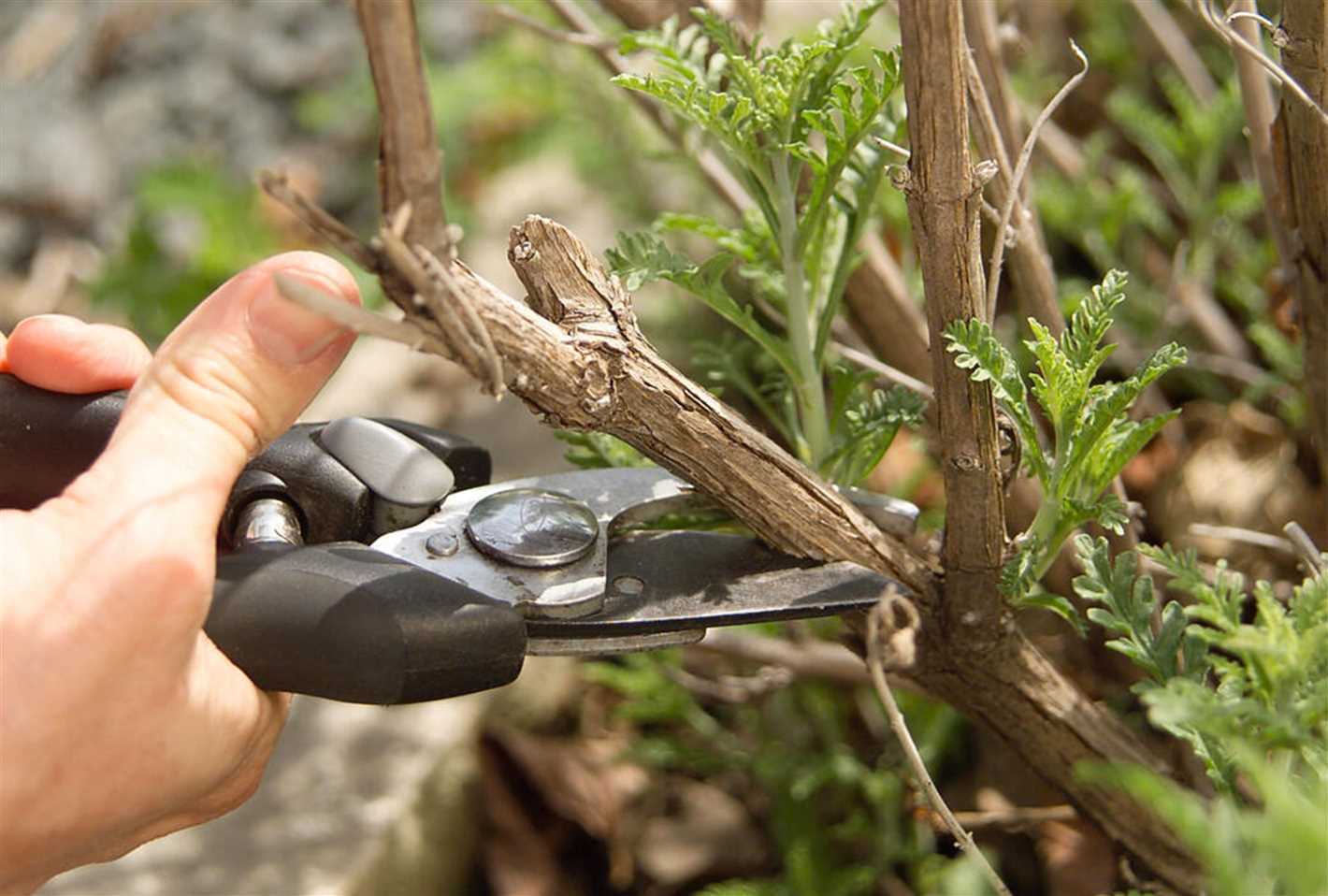

Tree pruning plays a crucial role in enhancing the aesthetic appeal of trees and landscapes. Through pruning, trees can be shaped and trained to maintain a desired form and size. Removing dead or unsightly branches can significantly improve the overall appearance of a tree, making it more visually appealing. Pruning also allows trees to fit into their environment more harmoniously, complementing the surrounding landscape and enhancing curb appeal.
In conclusion, tree pruning is a vital practice that serves multiple purposes and provides numerous benefits. It promotes tree health, enhances structural integrity, improves air circulation and sunlight penetration, and enhances the aesthetic appeal of trees and landscapes. By understanding the purpose and importance of tree pruning, homeowners and arborists can ensure the long-term health and vitality of their trees and create a visually pleasing environment.
Recognizing the Risks of Rushing the Process
While it may be tempting to rush the tree pruning process, it is important to recognize the potential risks involved. Taking the time to properly prune your trees can help ensure their optimal health and longevity, while rushing the process may result in significant damage.
1. Inadequate Healing Time
When trees are pruned too quickly or aggressively, they may not have enough time to properly heal their wounds. This can leave them vulnerable to infection and disease. By allowing sufficient healing time, you can minimize the risk of these issues and promote healthier tree growth.
2. Structural Damage
Rushing the tree pruning process can lead to structural damage, especially if large branches are removed without proper consideration. Removing too many branches at once can destabilize the tree and increase the risk of toppling over during strong winds or storms.
3. Pest Infestations
When trees are pruned too quickly, the wounds created can attract pests and insects. These insects can cause further damage to the tree and even result in its death if left untreated. Taking the time to carefully prune your trees can help prevent pest infestations and protect the overall health of your garden.
4. Depleted Energy Reserves
Rushing the tree pruning process can deplete the tree’s energy reserves. Trees rely on their leaves to convert sunlight into energy through photosynthesis. Removing too many leaves or branches without giving the tree enough time to regenerate can weaken it and hinder its ability to thrive.
5. Poor Aesthetic Results
Rushing tree pruning can result in poor aesthetic outcomes. By not taking the time to carefully consider the shape and structure of the tree, you may end up with a lopsided or unbalanced appearance. Patience and careful consideration during the pruning process can help you achieve the desired aesthetic results.
In conclusion, recognizing the risks of rushing the tree pruning process is crucial for maintaining the health and beauty of your trees. By taking the time to properly prune and allowing sufficient healing time, you can promote optimal tree growth and minimize the risk of damage or pest infestations. Patience is key when it comes to tree pruning, so take the time to do it right.
Selecting the Right Tools for Pruning
When it comes to pruning trees, having the right tools is essential. Properly maintaining and pruning your trees can help enhance their health and appearance. Here are some key tools that every gardener should have:
- Hand Pruners: Also known as secateurs, hand pruners are designed for cutting small branches and stems. They are ideal for precision pruning and can easily fit into tight spaces. Look for pruners with sharp blades and a comfortable grip.
- Loppers: Loppers are used for cutting slightly thicker branches, typically up to 2 inches in diameter. They have long handles that provide extra leverage, making it easier to prune higher branches. Consider loppers with telescopic handles for added reach.
- Pruning Saw: For branches too thick for loppers, a pruning saw is the tool of choice. Look for a saw with a curved blade, as it allows for faster and smoother cutting. A folding pruning saw is convenient for storage and transport.
- Pole Pruner: To reach high branches without the need for a ladder, a pole pruner is indispensable. It consists of a long pole with a pruning saw or lopper at the end. Choose a pole pruner with a lightweight yet durable pole and a cutting tool that is easy to control.
- Gloves: Don’t forget to protect your hands while pruning. Invest in a sturdy pair of gardening gloves that provide good grip and protection against thorns and sharp edges.
Before using any pruning tools, ensure they are clean and sharp. Dull blades can cause unnecessary damage to your trees. It’s also a good idea to wear safety glasses to protect your eyes from flying debris.
Remember, using the right tools for the job will make your pruning tasks easier and more effective. Always follow proper pruning techniques and take your time to ensure the health and longevity of your trees.
Knowing When to Prune
Pruning trees at the right time is crucial for maintaining their health and preventing potential damage. It is important to understand when and why pruning should be done to ensure the best results for your garden.
1. Dormant Season Pruning
One of the best times to prune trees is during their dormant season, which is typically in late winter or early spring before new growth begins. Pruning during this time allows the tree to heal before the next growing season and reduces the risk of disease and insect infestation.
During the dormant season, it is easier to see the tree structure and identify dead, damaged, or crossing branches that need to be removed. It is also the ideal time to shape the tree and promote healthy growth.
2. Pruning Flowering Trees
Flowering trees require special consideration when it comes to pruning. The best time to prune these trees varies depending on their blooming time:
- Spring-blooming trees, such as cherry or dogwood, should be pruned immediately after they finish flowering. Pruning at this time ensures that you don’t remove any flower buds for the next season.
- Summer or fall-blooming trees, such as crepe myrtle or hydrangea, should be pruned during late winter or early spring before new growth appears.
Understanding the specific flowering pattern of your trees is essential to avoid cutting off potential blooms.
3. Pruning Young Trees
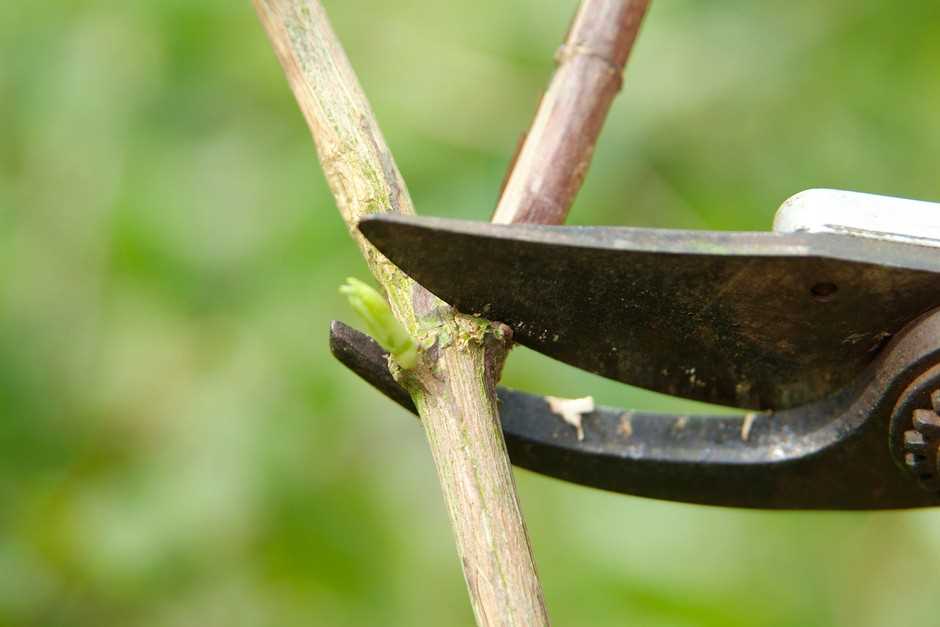

Young trees need proper training to develop strong and healthy structures. Pruning young trees should focus on shape and balance by removing any competing branches and establishing a central leader.
It is important to avoid heavy pruning during the first few years of a young tree’s life, as this can delay its development and potentially lead to long-term damage. Instead, focus on light pruning to encourage the tree to grow in a desirable shape.
4. Regular Maintenance Pruning
Regular maintenance pruning is important for mature trees to remove dead or diseased branches, improve air circulation, and maintain overall tree health. This type of pruning can be done at any time during the year, as long as the tree is not actively growing.
When pruning, always use sharp and clean tools to make clean cuts and minimize the risk of spreading diseases. It is also important to consult a professional arborist if you are unsure about the proper pruning techniques or if the tree requires extensive pruning.
| Pruning Time | Tree Type |
|---|---|
| Dormant Season (late winter or early spring) | All trees |
| Immediately after flowering | Spring-blooming trees |
| Late winter or early spring | Summer or fall-blooming trees |
| Anytime (not actively growing) | Mature trees for maintenance |
Understanding the Different Pruning Techniques
Pruning is an essential aspect of tree care that helps enhance the health, aesthetics, and overall well-being of plants. There are various pruning techniques available, each serving different purposes and yielding different results. It is crucial to understand these different techniques to properly maintain and shape your trees.
1. Crown Thinning
Crown thinning involves selectively removing branches from the outer portion of the tree’s crown. This technique is used to reduce the density of the foliage, allowing more light penetration and air circulation. Crown thinning helps alleviate stress on the tree by removing weak, damaged, or dead branches, ultimately enhancing its overall health and preventing potential hazards.
2. Crown Raising
Crown raising refers to the removal of lower branches of a tree to create clearance beneath the crown. This technique is typically used to provide clearance for pedestrians, vehicles, buildings, or other structures. Crown raising can also improve the aesthetics of a tree and provide more space for planting underneath.
3. Crown Reduction
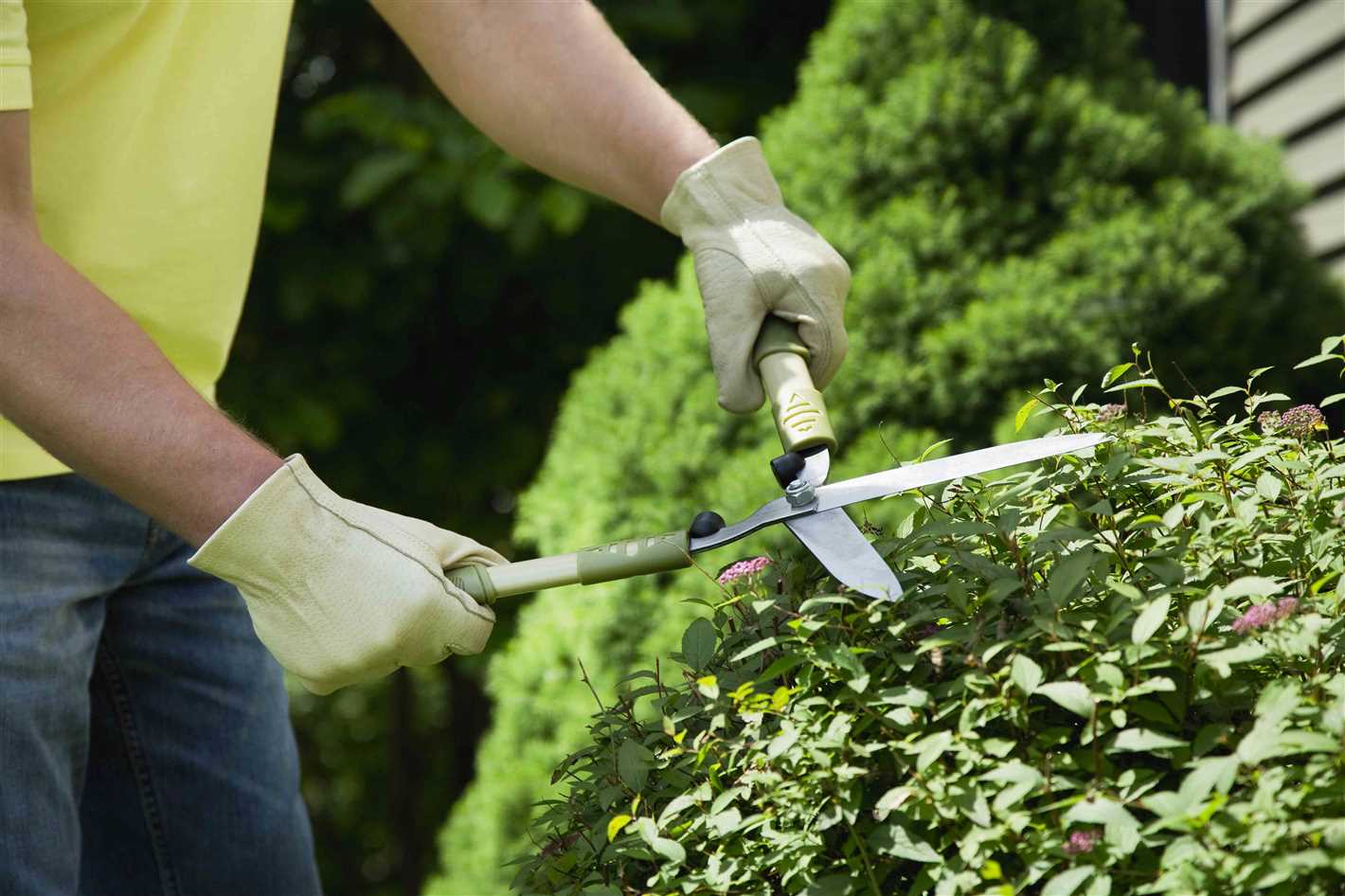

Crown reduction involves selectively removing branches from the crown of a tree to reduce its overall size. This technique is useful for trees that have grown too large for their allocated space, are obstructing views, or pose a risk of storm damage. Crown reduction needs to be performed carefully and properly to minimize stress on the tree and maintain its natural shape.
4. Pollarding
Pollarding is a severe form of pruning that involves the removal of all branches and foliage from the main trunk of a tree. This technique results in the formation of a knuckle-like structure called a “pollard head” from which new growth will emerge. Pollarding is usually done on certain tree species for cultural or aesthetic reasons and requires regular maintenance to control the regrowth.
5. Espaliering
Espaliering is a specialized pruning technique used for training trees to grow in a flat, two-dimensional form against a support structure, such as a wall or trellis. This technique allows for better fruit production, easier maintenance, and space optimization. Espaliered trees often create an attractive and decorative feature in gardens or along fences.
6. Size Control Pruning
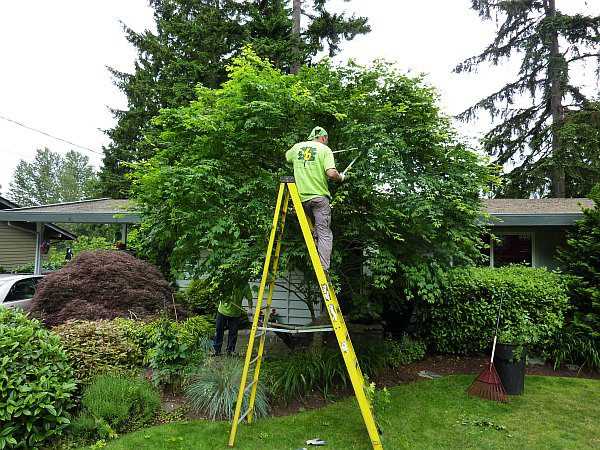

Size control pruning involves regularly removing the terminal shoots or apex of a tree to limit its overall height and spread. This technique is often used to maintain ornamental trees or to prevent interference with overhead structures or power lines. Proper timing and technique are crucial to prevent excessive stress on the tree and encourage healthy regrowth.
7. Deadwooding
Deadwooding is the removal of dead or dying branches from a tree. This technique is essential for maintaining tree health, preventing potential hazards, and improving the overall aesthetics of the tree. Deadwooding should be done carefully to avoid damaging the remaining live branches and to maintain the tree’s natural form.
In conclusion, understanding the different pruning techniques allows you to choose the most appropriate method for your trees’ specific needs. Combining patience with proper pruning techniques will help promote the health, structural integrity, and overall beauty of your trees.
Taking Proper Care of Pruned Trees
After pruning your trees, it is important to provide them with proper care to ensure their healthy growth and prevent any potential damage. Here are some tips to help you take care of your pruned trees:
1. Watering
Proper watering is crucial for the recovery of pruned trees. Make sure to water your trees deeply and regularly, especially during hot and dry periods. However, avoid overwatering as it can lead to root rot and other diseases.
2. Mulching
Apply a layer of organic mulch around the base of the pruned tree. Mulching helps retain moisture, regulate soil temperature, and prevent weed growth. Make sure to keep the mulch a few inches away from the trunk to avoid trunk rot.
3. Fertilizing
Pruned trees may benefit from a balanced fertilizer to promote healthy growth. Consult a local arborist or nursery to determine the appropriate fertilizer for your specific tree species and soil conditions.
4. Monitoring for Pests and Diseases
Regularly inspect your pruned trees for signs of pests or diseases. Look for wilting leaves, unusual spots or discoloration, and pest infestations. If you notice any issues, seek professional advice and take necessary action to prevent further damage.
5. Pruning Correctly
As your pruned trees grow, it is important to continue pruning them correctly. Remove dead, damaged, or diseased branches promptly to prevent potential hazards and improve the overall health and appearance of the tree.
Following these care tips will help ensure that your pruned trees remain healthy and beautiful for years to come. Remember, patience is key when it comes to tree pruning, so allow your trees the time they need to recover and thrive.
Seeking Professional Help for Pruning
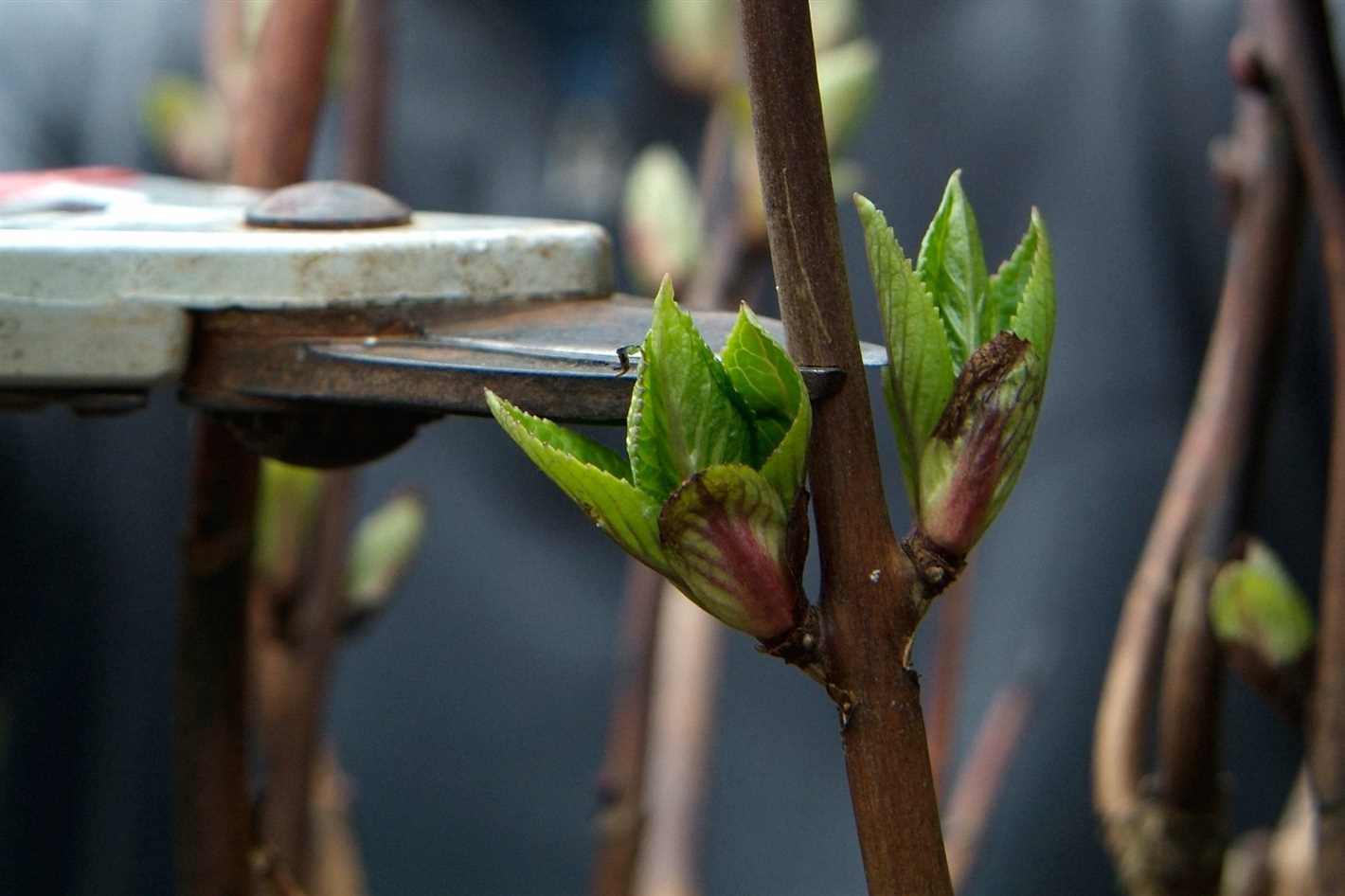

While pruning trees may seem like a simple task, it is always beneficial to seek professional help. Professional arborists have the knowledge, skills, and experience to ensure proper tree care and prevent any potential damage. Here are some reasons why you should consider hiring a professional for pruning:
- Expertise: Arborists are trained in tree biology and have a deep understanding of how different tree species respond to pruning. They know which branches to remove and how much should be pruned to promote healthy growth.
- Safety: Pruning trees can be a dangerous task, especially when dealing with large or overgrown trees. Professional arborists are equipped with the necessary safety gear and tools to handle any pruning job safely.
- Quality Work: When you hire a professional, you can expect top-quality work. Arborists have the proper tools and equipment needed to prune trees effectively, resulting in aesthetically pleasing and healthy trees.
- Time and Efficiency: Pruning can be a time-consuming task, especially if you lack the proper knowledge and tools. Hiring a professional allows you to save time and effort, as they can complete the job efficiently and effectively.
- Damage Prevention: Improper pruning techniques can lead to long-term damage to your trees. Professional arborists ensure that your trees are pruned correctly, minimizing the risk of disease, insect infestations, and structural issues.
When it comes to tree pruning, it is better to be safe than sorry. Hiring a professional arborist not only saves you time and effort but also ensures the health and well-being of your trees.
Embracing Patience in the Pruning Process
When it comes to tree pruning, patience is key. Rushing through the process can lead to haphazard results and potential damage to the tree. By embracing patience, you can ensure that the pruning process is done correctly and that your tree remains healthy and beautiful.
Understanding the Importance of Patience
Pruning a tree is not a task that should be rushed. Patience allows you to assess the tree’s needs, identify problem areas, and make thoughtful decisions about which branches to remove. Taking the time to plan and execute properly ensures the long-term health and beauty of your tree.
Pruning requires careful consideration of the tree’s structure and growth patterns. Rushing through the process can result in the removal of healthy branches or the creation of imbalanced growth. By patiently studying the tree and understanding its growth habits, you can prune with purpose and achieve the desired results.
Benefits of Patience in Tree Pruning
- Promotes healthy growth: Patience allows you to selectively remove dead, damaged, or diseased branches, promoting overall tree health and preventing the spread of diseases.
- Enhances tree aesthetics: By carefully pruning branches, you can shape the tree’s appearance and create a more visually pleasing landscape.
- Reduces stress on the tree: Pruning too heavily or too quickly can cause stress to the tree. By being patient and removing branches gradually, you minimize the shock to the tree and encourage a more favorable response.
- Prevents excessive pruning: Rushing through the pruning process can lead to over-pruning, which can weaken the tree and make it more susceptible to pests and diseases.
The Pruning Process: A Step-by-Step Approach
To effectively prune a tree, it’s essential to follow a systematic approach that prioritizes the tree’s health and aesthetics. Here is a step-by-step guide to help you navigate the pruning process:
- Assess the tree: Take the time to study the tree and identify any dead, damaged, or diseased branches that need to be removed.
- Plan your cuts: Determine which branches to remove to achieve your desired outcome. Consider the tree’s growth patterns, structural integrity, and aesthetic goals.
- Make proper cuts: Use clean and sharp pruning tools to make precise cuts. Remember to follow proper pruning techniques, such as cutting just outside the branch collar.
- Monitor and adjust: Keep an eye on the tree’s response to the pruning and make any necessary adjustments. It may take some time for the tree to recover and fill in the gaps left by removed branches.
- Maintain regular pruning: Pruning is an ongoing process. Regularly inspect your tree and remove any new dead, damaged, or diseased branches to maintain its health and appearance.
Conclusion
Patience is a virtue when it comes to tree pruning. By embracing patience, you can ensure that the pruning process is done correctly, promoting healthy growth, enhancing tree aesthetics, and reducing stress on the tree. Take the time to assess, plan, and execute your pruning with care, and your tree will thank you for it.
Question-answer:
Why is tree pruning important?
Tree pruning is important for several reasons. Firstly, it promotes the health and growth of the tree by removing dead, damaged, or diseased branches. It also helps to shape the tree and improve its appearance. Additionally, proper pruning can help to prevent damage from falling branches and reduce the risk of disease or pest infestation.
When is the best time to prune trees?
The best time to prune trees depends on the specific species. Generally, it is recommended to prune deciduous trees during their dormant season, which is in late winter or early spring. This is when the tree is not actively growing, and pruning during this time promotes rapid healing and minimizes stress on the tree. Pruning evergreen trees can be done year-round, but it is best to avoid extreme hot or cold weather.
How often should trees be pruned?
The frequency of tree pruning depends on various factors, including the tree species, its age, and its overall health. Younger trees may require more frequent pruning to establish a proper structure, while mature trees generally need less pruning. In general, it is recommended to prune trees every 3 to 5 years to maintain their health and shape. However, it is important to assess the condition of the tree to determine the appropriate pruning schedule.
What tools are needed for tree pruning?
Several tools are commonly used for tree pruning, including pruning shears, loppers, pruning saws, and pole pruners. Pruning shears are ideal for cutting small branches up to 1/2 inch in diameter, while loppers can handle branches up to 2 inches in diameter. Pruning saws are necessary for cutting larger branches, and pole pruners are used for reaching high branches. It is important to use sharp and clean tools to make clean cuts and minimize the risk of disease transmission.
What are the potential risks of improper tree pruning?
Improper tree pruning can have negative consequences for the tree’s health and appearance. It can result in the loss of valuable branches, weaker tree structure, and increased susceptibility to diseases and pests. It can also cause excessive regrowth, which can compromise the tree’s shape and aesthetics. Additionally, incorrect pruning techniques can lead to open wounds that are slow to heal and prone to infection. Therefore, it is important to have patience and take the time to prune trees properly.







